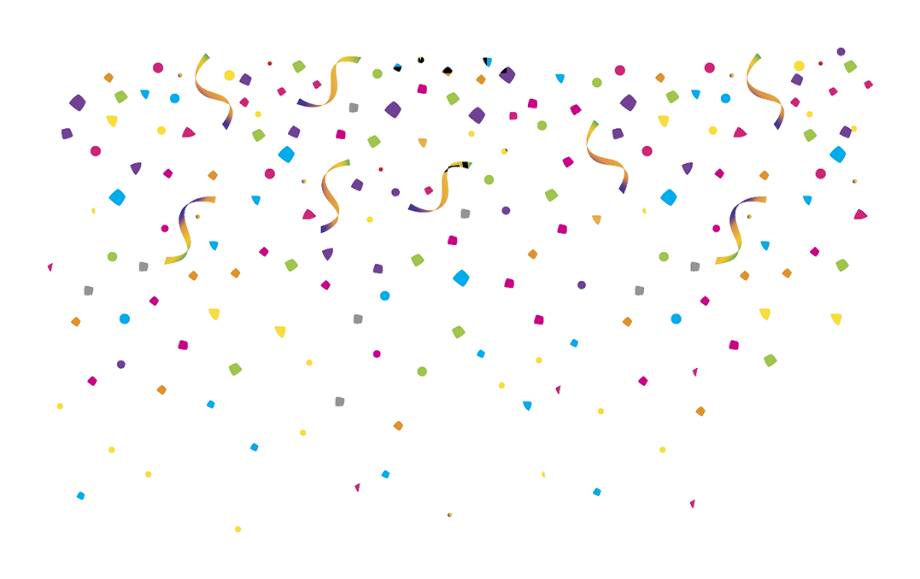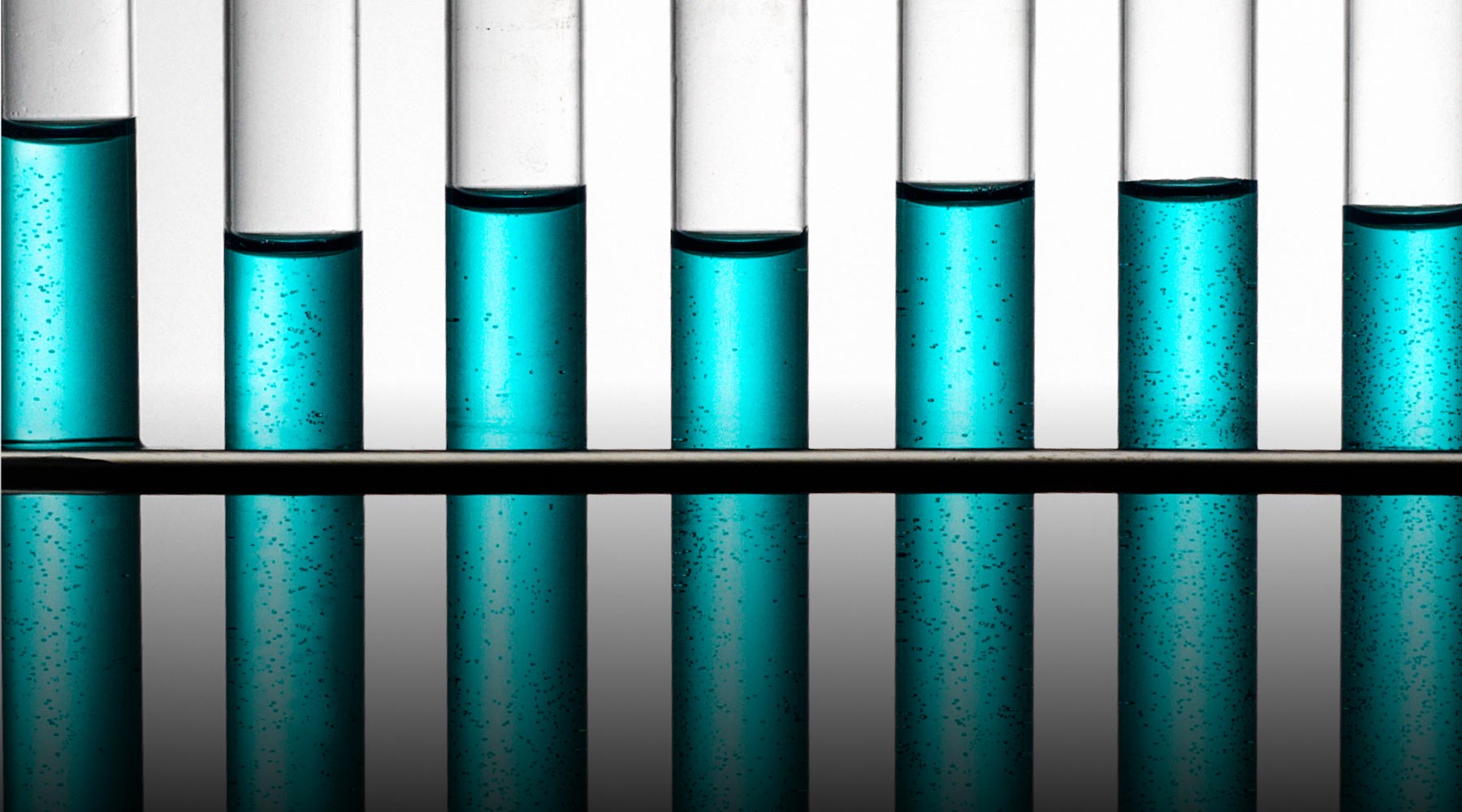

Thus, no reflection of light takes place by the mirror placed in the room. In a completely dark room, there is no light present in the room. An image is formed due to reflection of light by a plane mirror.

Translucent and transparent skin#
In a completely dark room, if you hold up a mirror in front of you, will you see your reflection in the mirror ?Īns. 00:00 04:27 If predators cannot see straight through the frogs, why do glass frogs have transparent skin at all, and not the opaque camouflaged patterns of other tree frog species Barnett.

Then, I’ll tell you a useful trick to remember when to use each word. transparent, and I will use each in a sentence to illustrate how they are best used. Transparent objects allow all light or electromagnetic rays to pass through and create a clearly visible image of the other side. The simplest distinction between these terms involves how easily you can see through an object and visualize the other side. On the other hand, when the side of the cylinder faces the Sun, then the shadow formed is rectangular. What is the Difference Between Translucent and Transparent In this article, I will compare translucent vs. Translucent and transparent are similar adjectives with different meanings. Translucent films are commonly referred to as frosted films. With translucent glass films, typically one can see general shapes but not observe any details. Much light still passes through, but your vision is obscured in some way. When the top of the cylinder faces the Sun, then the shadow formed is circular. Translucent means you can partially see through it. Transparent, translucent and opaque are the materials that can be classified based on the amount of light they transmit. When a cylinder is held in sunlight, then a circular shadow or a rectangular shadow can be obtained depending on its orientation related to the Sun. Can you think of creating a shape that would give a circular shadow if held in one way and a rectangular shadow if held in another way ?Īns. Classify the objects or materials given below as opaque, transparent or translucent, luminous or non-luminous :Īir, water, piece of rock, sheet of aluminium, mirror, wooden board, sheet of polythene, CD, smoke, sheet of plane glass, fog, piece of red hot iron, umbrella, lighted florescent tube, wall, sheet of carbon paper, flame of a gas burner, sheet of cardboard, lighted torch, sheet of cellophane, wire mesh, kerosene stove, sun, firefly, moon. The resulting materials have a grain size of 55 nm, yielding translucent materials in the partially stabilized case and highly transparent fully stabilized. Rearrange the boxes given below to make a sentence that helps us understand opaque objects. Materials such as wood, stone, and metals are opaque to visible light.Q1. Most of the light is either reflected by the object or absorbed and converted to heat. When light strikes an opaque object none of it passes through. This is why a person behind a translucent object can get a sunburn on a sunny day. Because translucent objects are semi-transparent, some ultraviolet rays can go through them. Therefore, we cannot see clearly through them objects on the other side of a translucent object appear fuzzy and unclear. This foldable is designed to target difficult vocabulary for your visual and tactile learners. It changes direction many times and is scattered as it passes through. 700 + results Sort by: Relevance View: List Light Energy Interactive Foldable: Transparent, Translucent, and Opaque Created by Two Teaching Taylors Transparent, Translucent, and Opaque: Light Energy Interactive Foldable. The light does not pass directly through the materials. When light strikes translucent materials, only some of the light passes through them. Materials like frosted glass and some plastics are called translucent.


 0 kommentar(er)
0 kommentar(er)
